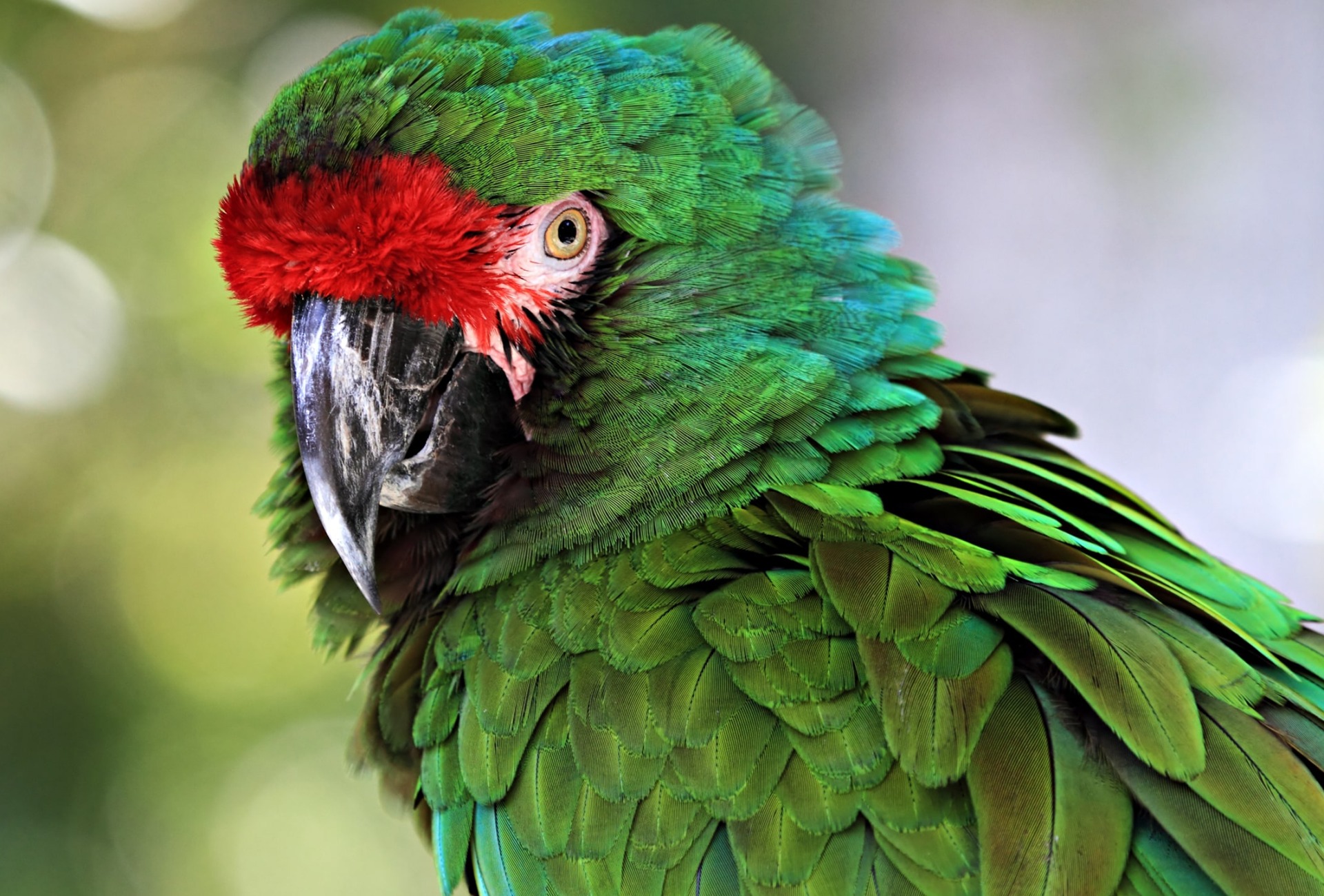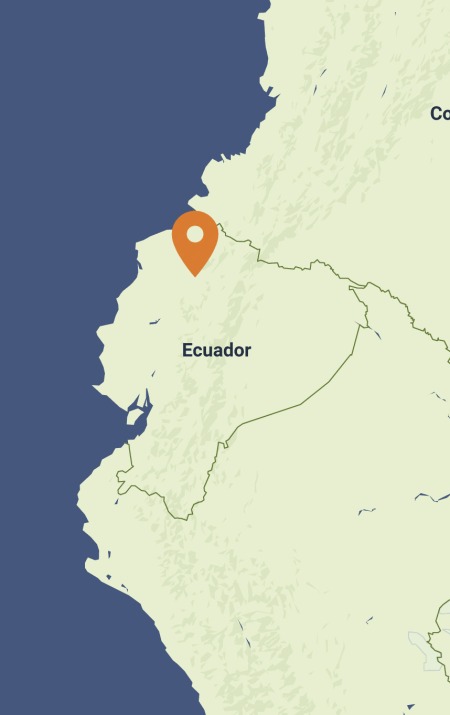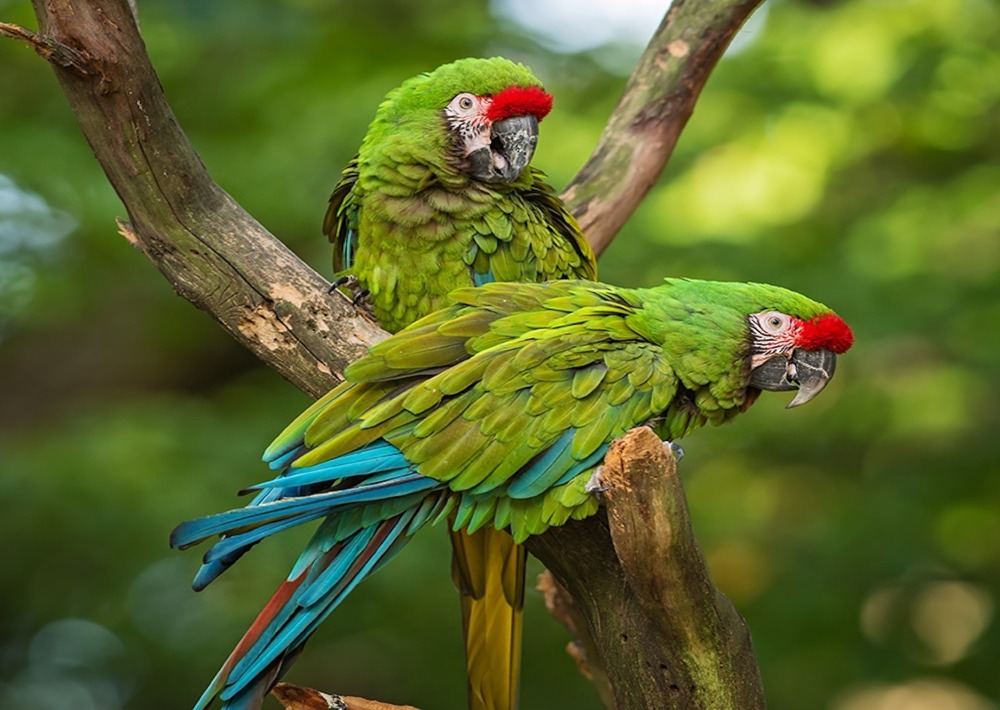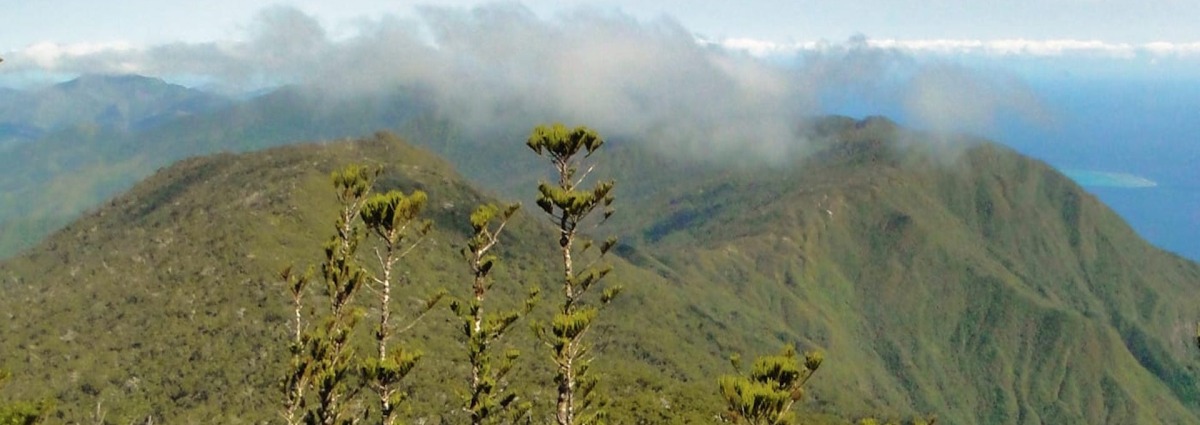
The Río Canandé Reserve in Ecuador is considered a hotspot for biodiversity and has one of the highest concentrations of endemic and threatened species in the world.
-
Species at Risk
Brown-headed spider monkey, Mache Glass Frog, Great Green Macaw, Jaguar, Banded Ground-Cuckoo
-
Carbon stored
(Not Calculated)*
*(metric tons of CO2 equivalents) -
Partner
Cambugán Foundation
-
1,162 Proposed Acres Conserved by
Designated
-
Project Cost: $220,000

1,162
The Río Canandé Reserve in Ecuador is considered a hotspot for biodiversity and has one of the highest concentrations of endemic and threatened species in the world.
-
Species at Risk
Brown-headed spider monkey, Mache Glass Frog, Great Green Macaw, Jaguar, Banded Ground-Cuckoo
-
Carbon stored
(Not Calculated)*
*(metric tons of CO2 equivalents) -
Partner
Cambugán Foundation
-
1,162 Proposed Acres Conserved by
Designated
-
Project Cost: £165,413

1,162
The Río Canandé Reserve in Ecuador is considered a hotspot for biodiversity and has one of the highest concentrations of endemic and threatened species in the world. The expanding lumber and palm oil industries in the areas surrounding the reserve, however, pose great threats to this diverse ecosystem.
To protect the reserve from these encroaching threats, Rainforest Trust is working with our longtime partner Fundación Jocotoco to purchase critical properties that will expand the Río Canandé Reserve to the north by creating an ecological corridor with El Pambilar Wildlife Refuge and Patrimonio Forestal. The acquisition of these properties will increase the size of the reserve to 5,831 acres. It will also enlarge a conservation corridor totaling 762,000 acres that contains Jocotoco reserves, the Chachi indigenous territory, the Cotacachi-Cayapas Ecological Reserve, and the El Pambilar Wildlife Refuge.
Explore Ecuador


Banded Ground Cuckoo, by Agami Photo Agency

The Critically Endangered Brown-headed spider Monkey courtesy of James Muchmore
Biodiversity
The Chocó region of South America contains one of the richest and most biologically diverse forests in the world. The Rio Canandé Reserve has been identified as an Important Bird Area (IBA) and serves as a refuge for over 350 bird species.
The area is also critical for the Mache Glass Frog, and is one of the few sites where the species is found. Furthermore, the properties for sale support the last Great Curassows in Ecuador and the largest population of Great Green Macaws in Ecuador. The largest surviving population of the Brown-headed Spider Monkey, one of the 25 most endangered primate species on earth, is also found here.
Challenges
Primary forests in the Ecuadorian Chocó have been dramatically reduced by timber companies and by the rapid expansion of palm oil plantations.
In addition, increased infrastructure and road expansion makes the reserve more accessible and therefore more vulnerable to timber extraction, illegal pet trafficking, and hunting.
Communities
The Río Canandé Reserve is bordered by the Chachi indigenous territory. Until the 1970s, Chachi communities lived in relative isolation and used sustainable agriculture, hunting, and fishing practices for sustenance.
The Chachi now live on the borders of major logging operations and their livelihoods are now threatened as forests upon which the Chachi depend are cut to make way for oil palm plantations.
Solutions
Rainforest Trust will support our experienced Ecuadorian partner, Fundación Jocotoco, to buy and protect six properties that will strengthen the eastern boundary of the Río Canandé Reserve and conserve some of the wildest forest left in the region.
No other area of potential expansion for the Canandé Reserve is as important as this one. With the acquisition of these properties, the gap between the reserve and the El Pambilar Wildlife Refuge will close substantially, and provide a corridor for the region’s wildlife.



Partnering to Save Rainforests
Our partners’ ability to work with their governments and build strong connections with local communities ensures the successful implementation of our projects.
Learn More About This PartnerLearn More About This Partner